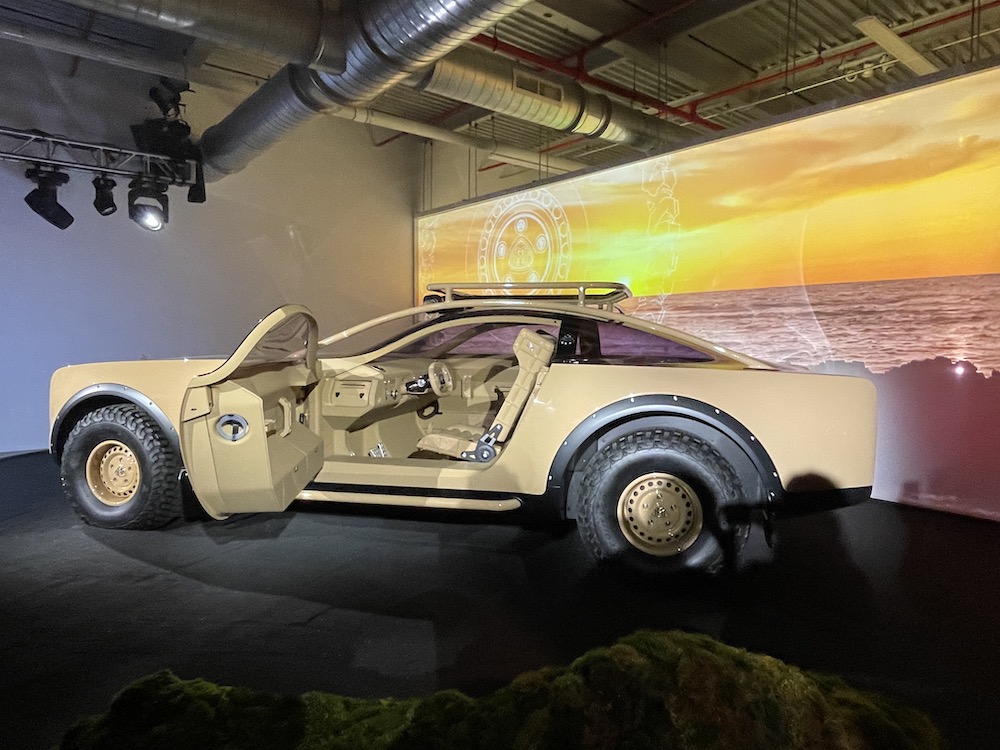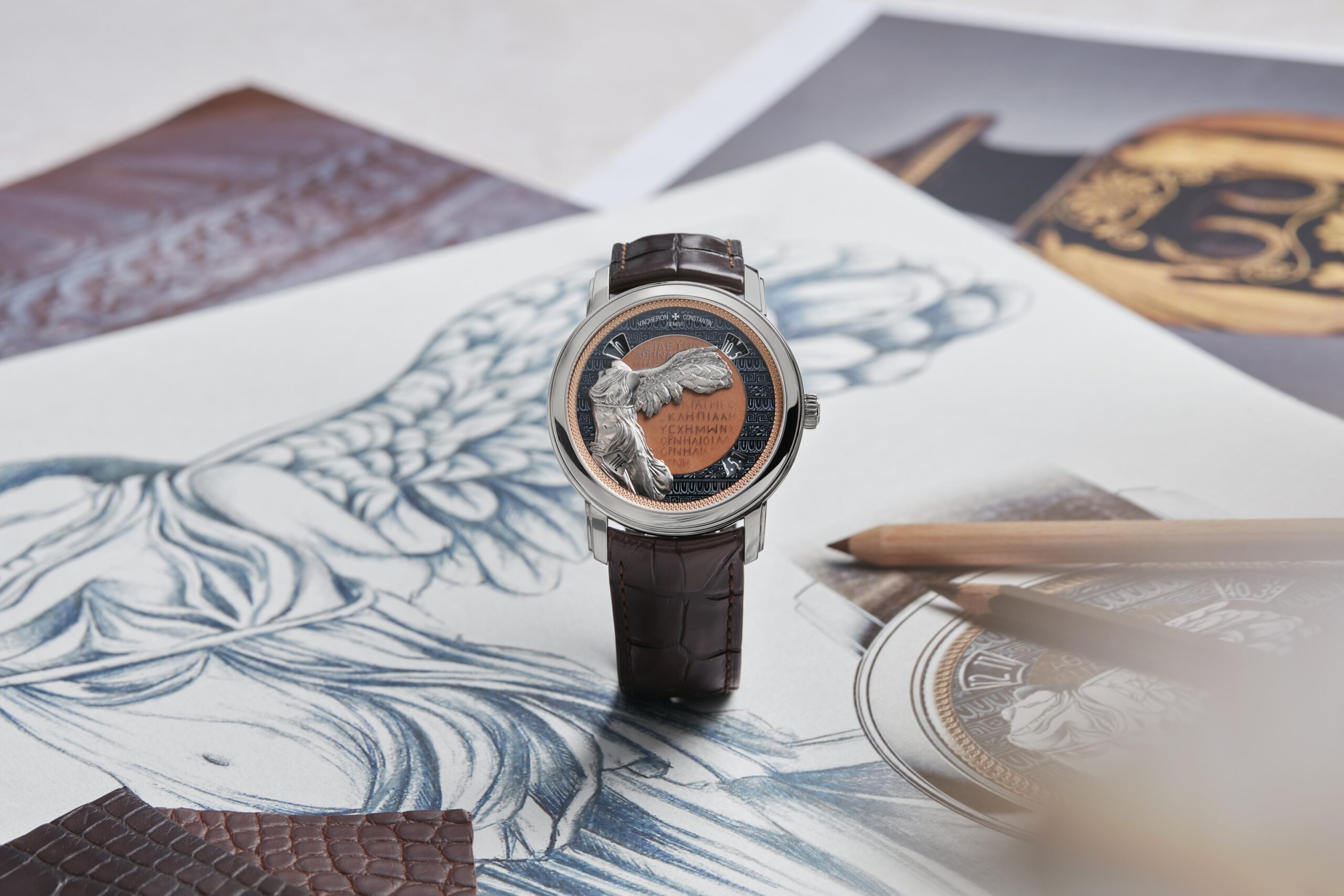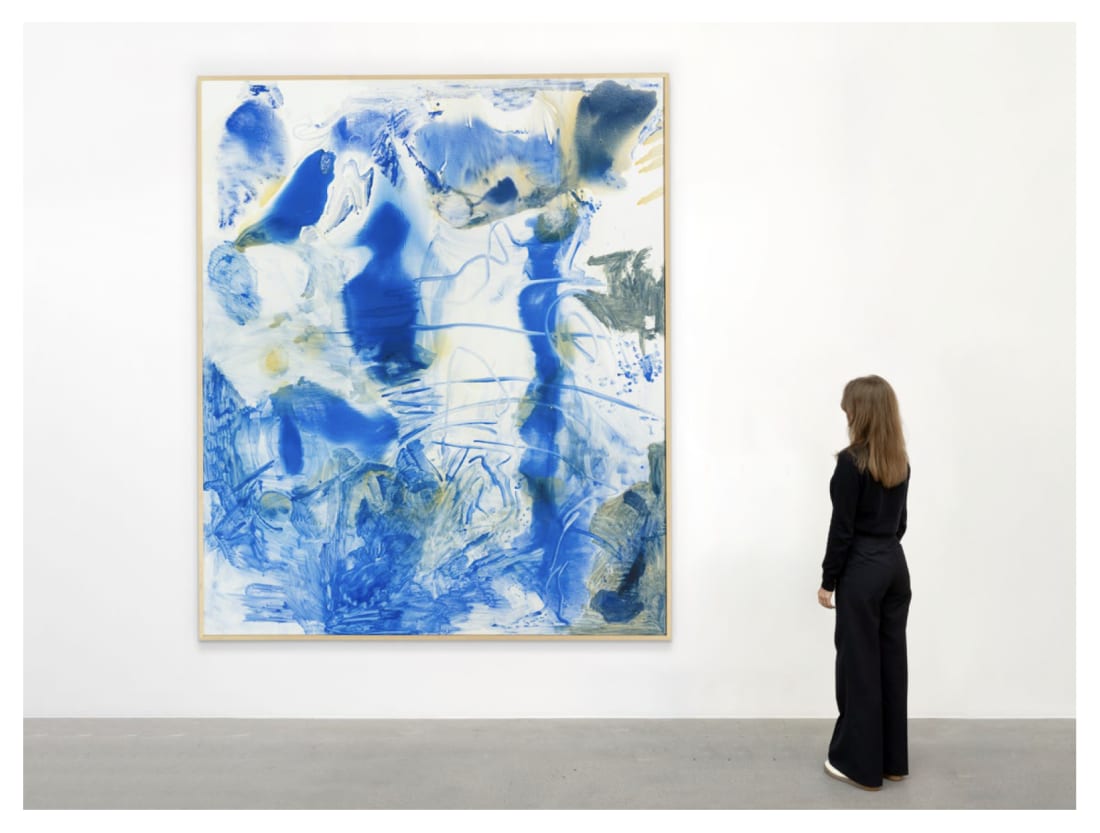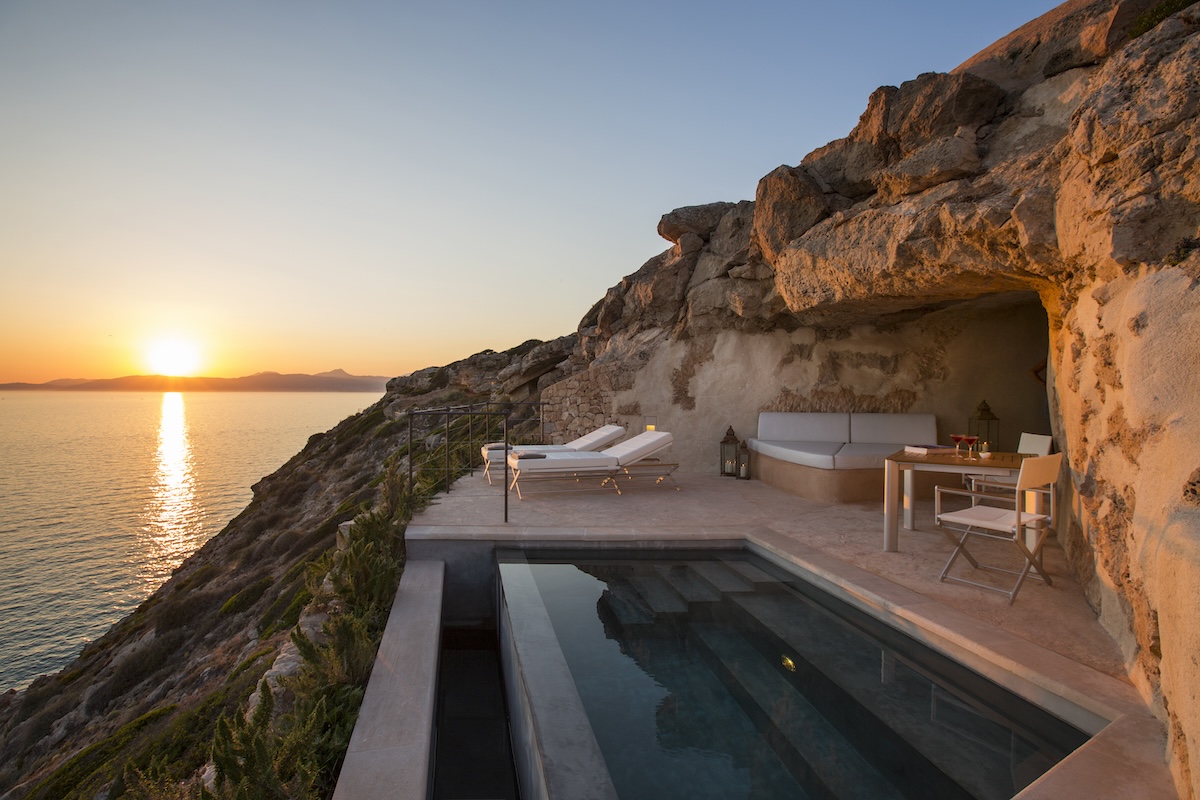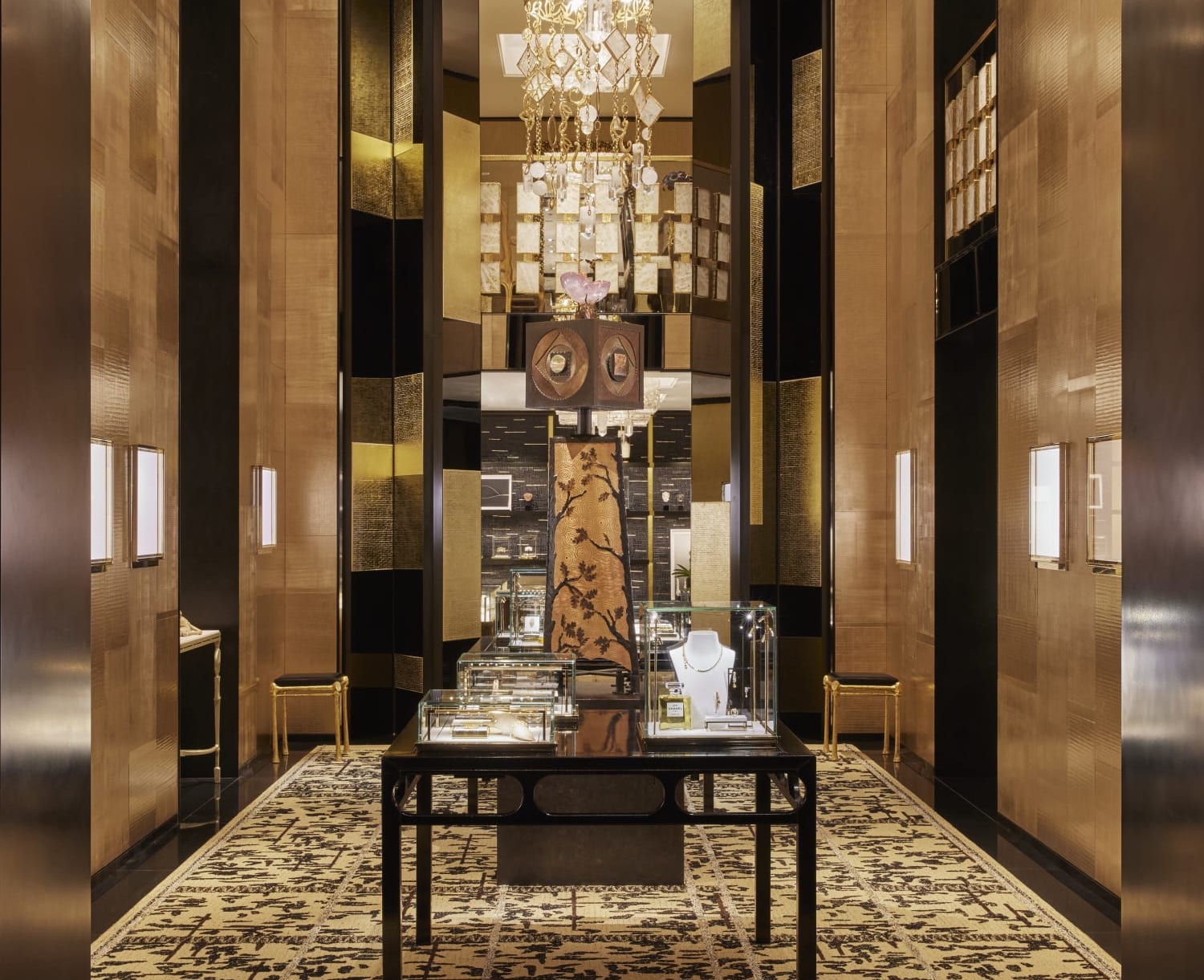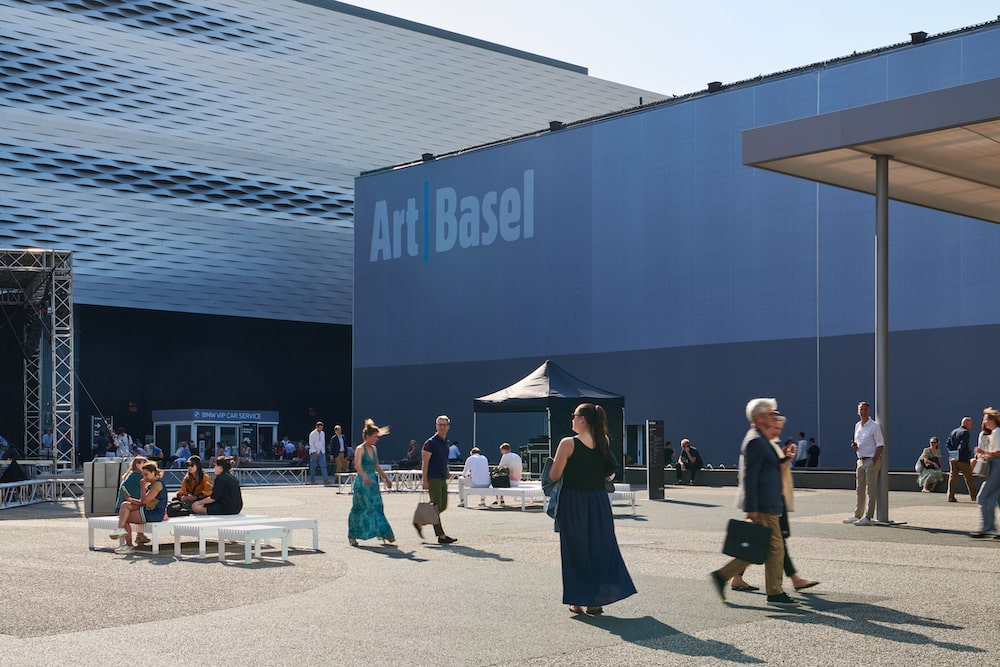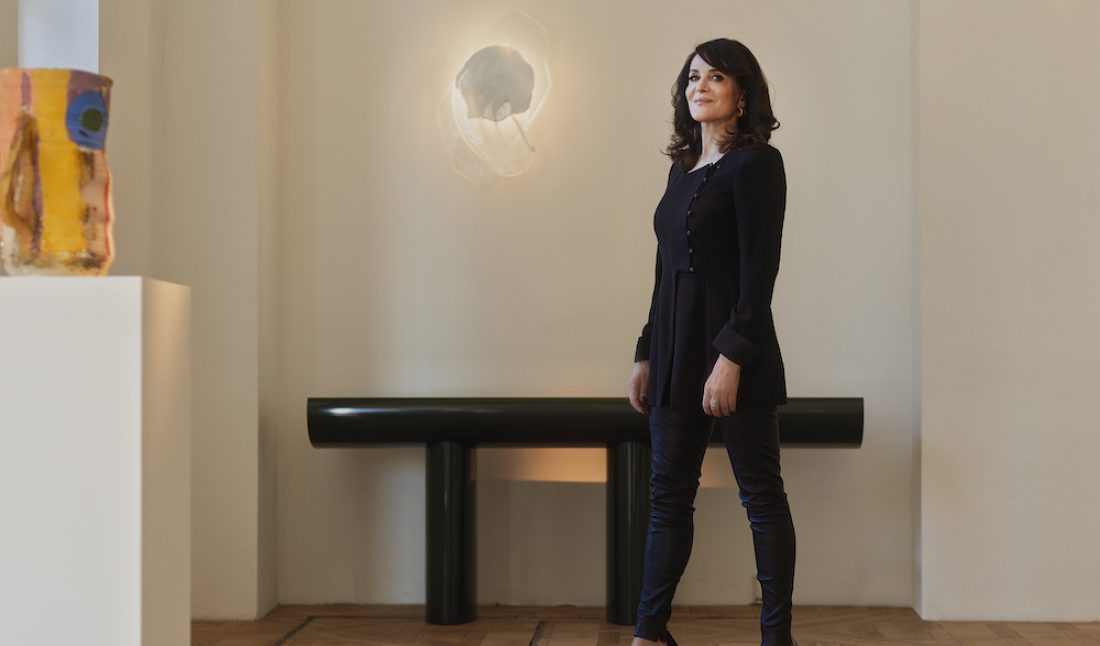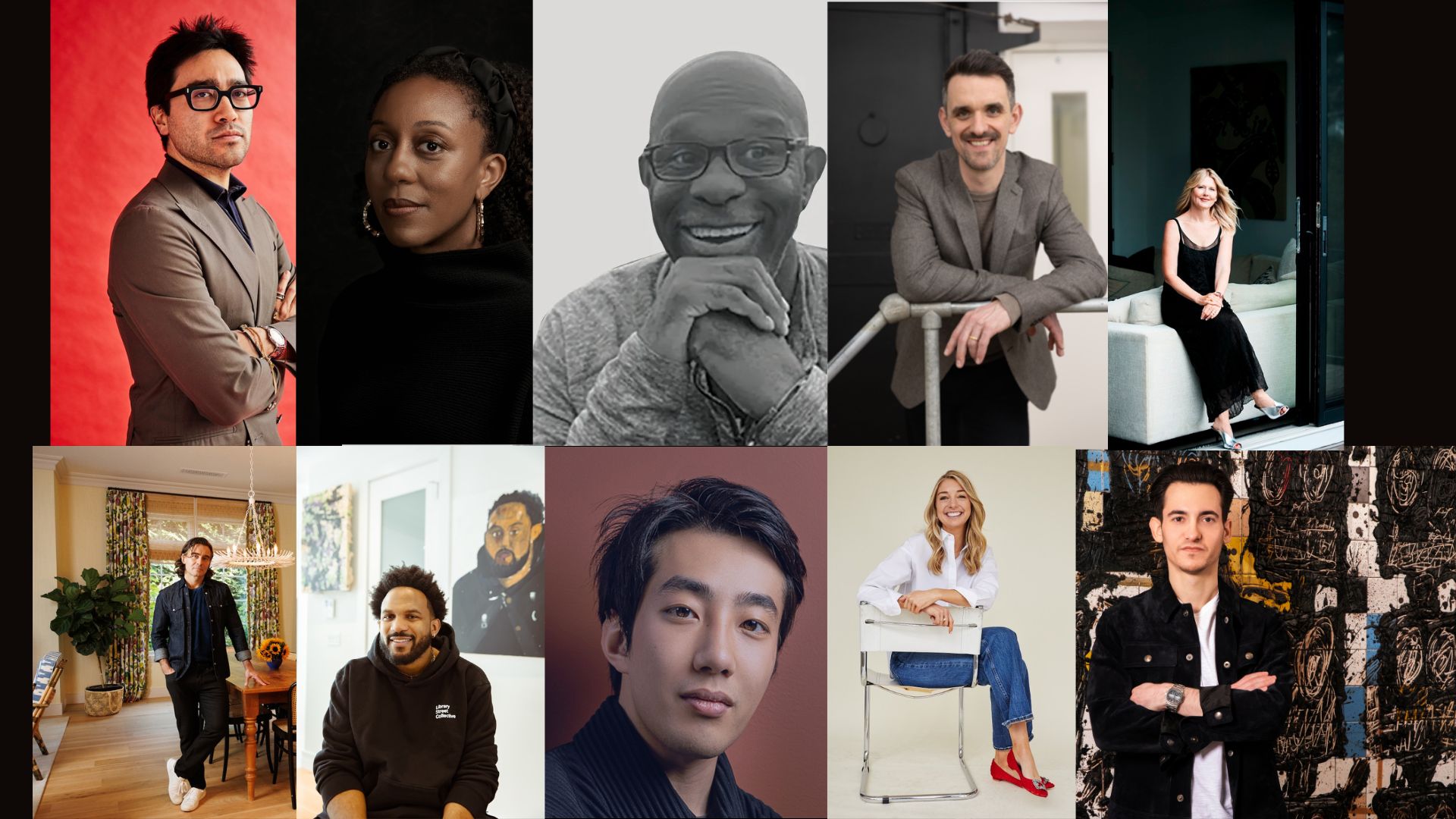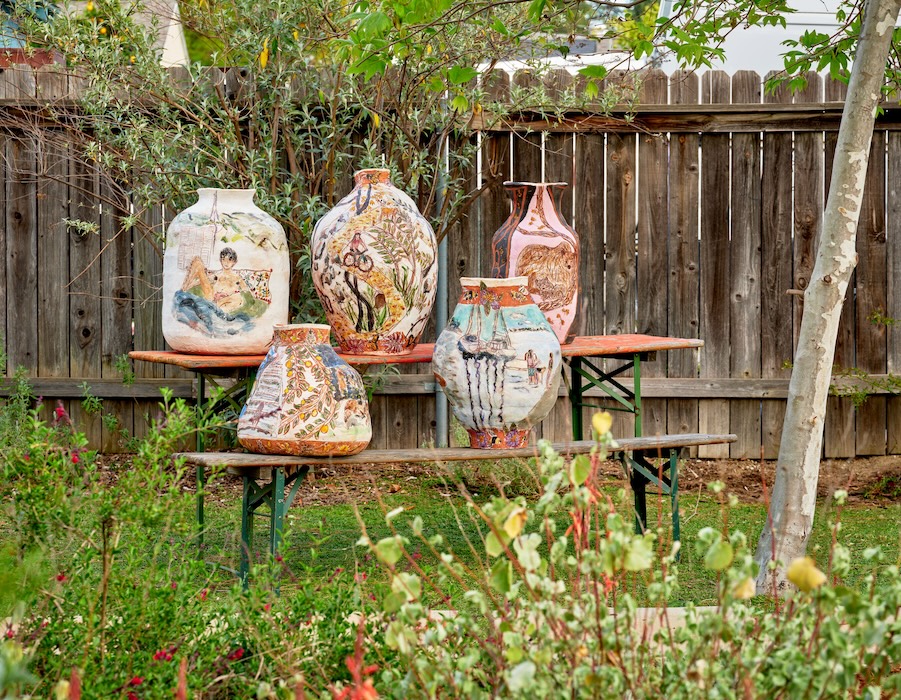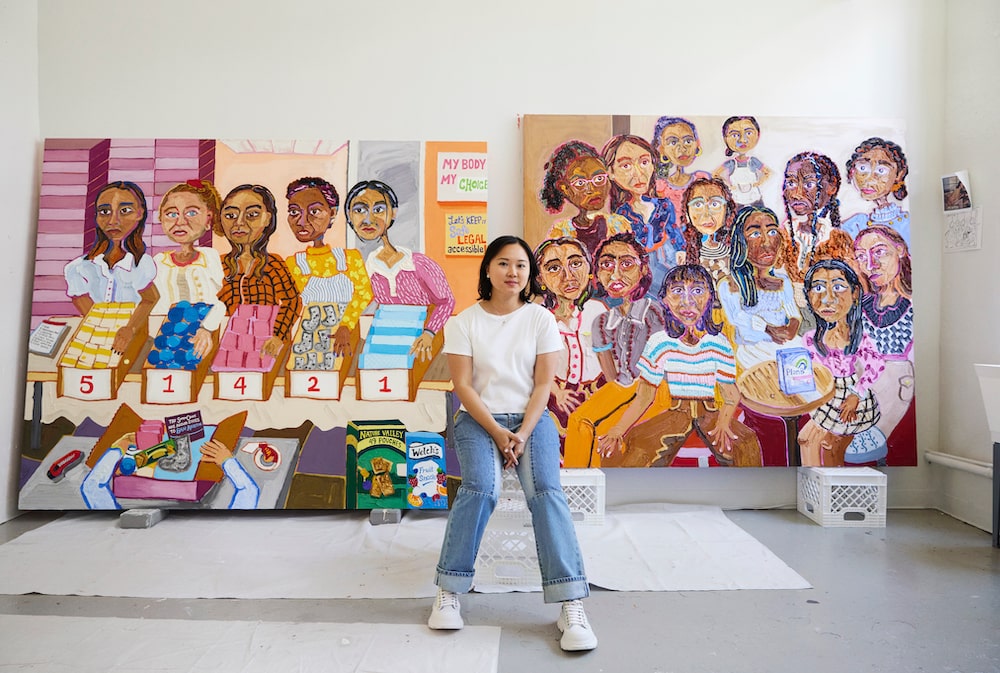Recently on view at Carpenters Workshop Gallery in New York was part one of a two-part series, “The Female Voice in Modern Design: 1950–2000.” Curated by the design historian Daniella Ohad, it brought together the best of design created by women across five decades. Game-changing objects by Gabriella Crespi, Ingrid Donat, Anna Castelli Ferrieri, Johanna Grawunder, Greta Magnusson Grossman, Zaha Hadid, Hella Jongerius, Claude Lalanne, Maria Lindeman, Louise Nevelson, Maria Pergay, Charlotte Perriand, Simone Prouvé, Eva Zeisel, and so many more paint a picture of a move toward modernity, an embrace of new technology and materials, and the struggle and perseverance of creatives committed to their passion for fighting against societal norms and gender prejudice.
Ohad spoke with Whitewall about the challenging search for the pieces in the show, why many works were originally attributed to men, and how the second installment of the show, slated for 2023, will offer a much different picture.
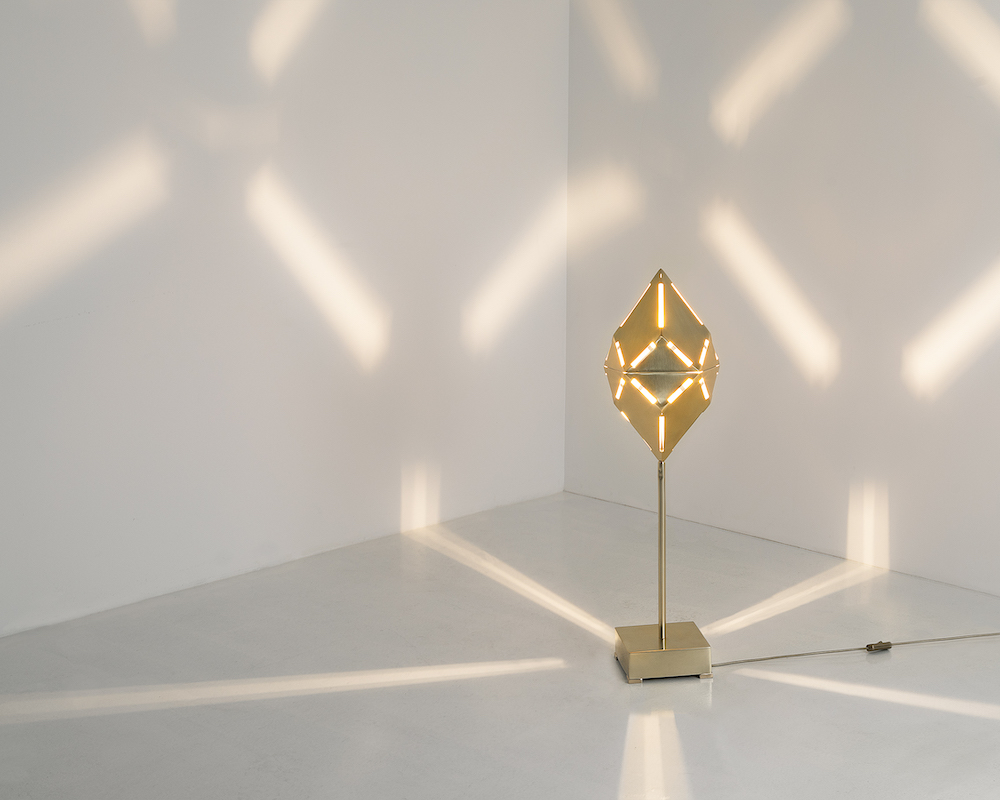 Gabriella Crespi, “Light Sculpture from Series Kaleidoscopes,” circa 1970, courtesy of Carpenters Workshop Gallery.
Gabriella Crespi, “Light Sculpture from Series Kaleidoscopes,” circa 1970, courtesy of Carpenters Workshop Gallery.
WHITEWALL: What was the starting point for the show?
DANIELLA OHAD: There is a moment right now for exploring what minorities have done in a variety of areas including in design and architecture, and women, of course, are part of that. I’ve experienced difficulties as a woman in my field, and as an immigrant.
Everything is for sale because it’s a gallery exhibition, so you approach it in a very different way because you have to see what is available. For a year and half I have been doing acquisitions. I know the marketplace extremely well because I’m in the marketplace as an advisor, and writer. And even though I know the marketplace, I couldn’t even believe that you can go through a whole season of auctions, let’s say you have maybe three thousand lots globally—if you have five by women it’s a lot. So, what does it mean?
Our exhibition focuses not just on design; it focuses on collectible design. And it focuses on cutting edge—only on design that made a difference, design that really represents the period. I’m interested in when women were able to express their period.
I also found that a lot of the pieces were originally attributed to men. Most of the female designers working up until the 1990s worked with a partner—it was a husband, it was a mentor, it was a partner. And then they attributed the work to the men.
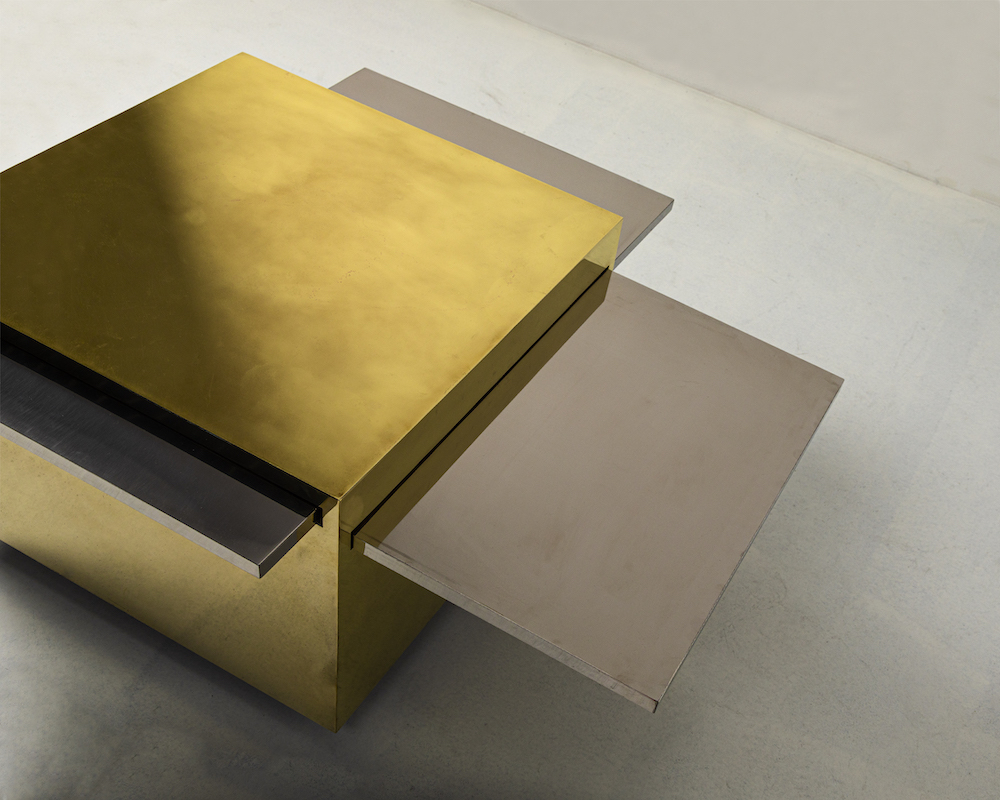 Gabriella Crespi, “Cubo Magico,” 1970, courtesy of Carpenters Workshop Gallery.
Gabriella Crespi, “Cubo Magico,” 1970, courtesy of Carpenters Workshop Gallery.
WW: How is this story of design told from decade to decade?
DO: I wanted to tell the story of female designers by decades. We have five decades; each has some pieces. Every design is a reflection of its time. If you cannot tell where it was made, when it was made, it’s not a good design. It’s all responsive to materials, technology, aesthetics, social, political, gender issues, environmental issues—everything is placed when it comes to design.
I was looking for shining moments. All of these designers, they work throughout their lives, and I was looking for those moments when they did the best in their careers. That was important to me—to show not just the best for the period, not just for design history, but also the designer herself.
WW: Are there pieces you could point out that have strong feminist statements, or a story behind them?
DO: I think everything is about feminism. Everything that is shown is about feminism. Everything is about struggle. Today we think there are all the conditions for a woman to succeed like a man, but if you look at the galleries, there aren’t very many women represented.
It’s also about personality. In the end, it’s about people who are refusing to give up, refusing to say no. That’s the story of female designers.
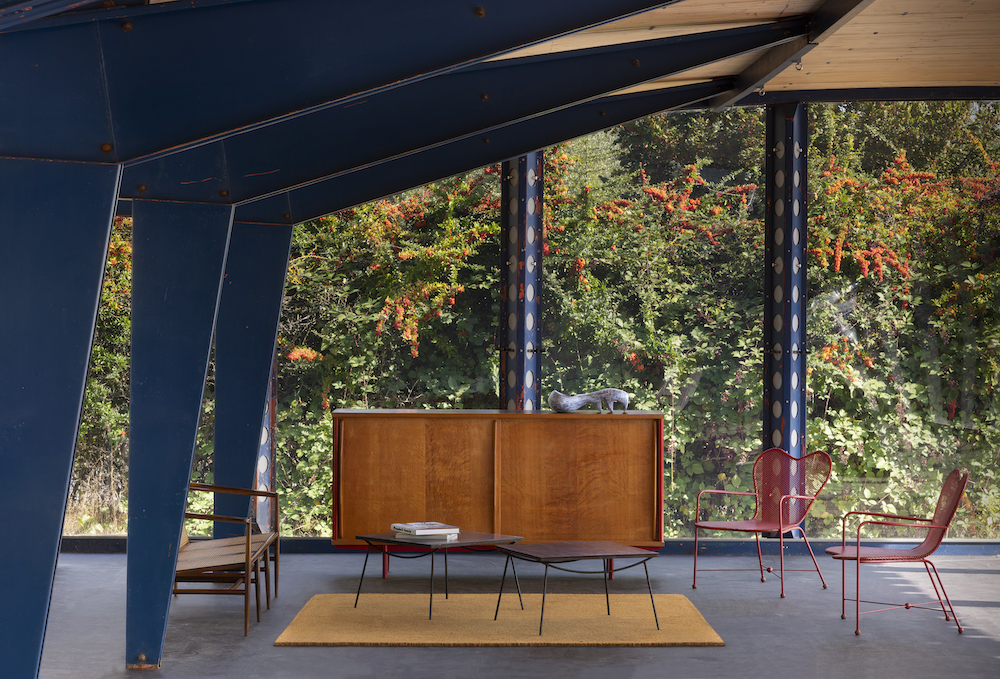 Vera Szekely, Pierre Szekely, André Broderie, “Cup,” 1955, courtesy of Carpenters Workshop Gallery.
Vera Szekely, Pierre Szekely, André Broderie, “Cup,” 1955, courtesy of Carpenters Workshop Gallery.
WW: Do we see examples of advancement or affinity for a particular material or technology?
DO: In the fifties, you see how the entire world is moving toward modern design. The use of new technologies was much more available after the war. Before the war, the fathers of modern design had to make it by hand. It was very crafted. It was made to look like machine age, but it was not.
In the 1970s, it was a time when people wanted something sleeker, something more elegant, so you see a lot of use of stainless steel and very sleek forms that are more luxurious.
WW: Can you tell us about some curious pieces, like Hella Jongerius, the stool made from porcelain?
DO: She was part of the group Droog in Amsterdam. They were very revolutionary as a group and were able to secure different collaborations. One of them was with Rosenthal, a wonderful German manufacturer of tableware going back to the 19th century. She created a stool made of porcelain that was very difficult to produce. It was challenging, and that challenge reflected what that generation in the nineties, particularly in Amsterdam, wanted to achieve. They wanted to create design that was cutting edge, never made before. In the Netherlands, at that time there was a great recession, terrible unemployment, so they did design that responded to those conditions.
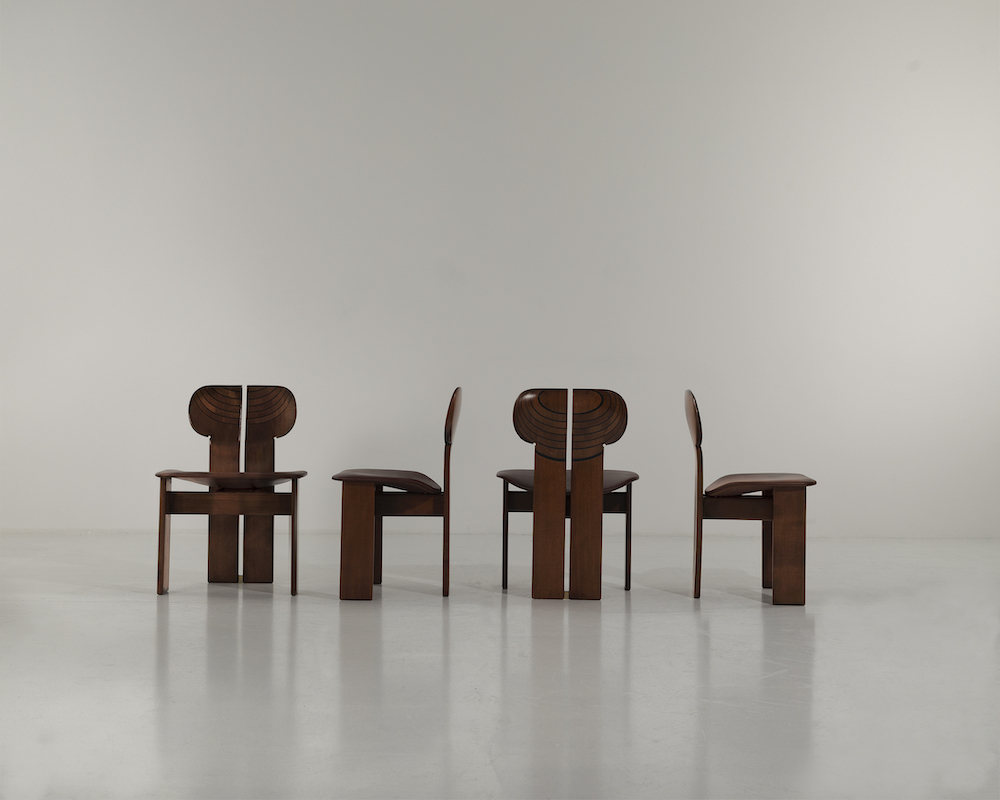 Tobia & Afra Scarpa, “Set of 4 Africana Chair,” 1975, courtesy of Carpenters Workshop Gallery.
Tobia & Afra Scarpa, “Set of 4 Africana Chair,” 1975, courtesy of Carpenters Workshop Gallery.
WW: And there are pieces that lean more toward a category of art, like Louise Nevelson.
DO: Every piece tells a story. Louis Nevelson created a room for The Met. It’s a whole room, designed for an exhibition, and she created that chair to go inside the room. It was then acquired by The Met, but they decided they didn’t want the chair. This is the chair.
WW: Wow!
It sounds like it was all a bit difficult to put together, but were there any finds that were particularly notable for you?
DO: The one piece I’m very proud of is the Eva Zeisel room dividers. Eva Zeisel was a Hungarian Jewish woman who emigrated to America. She was a ceramist, but extremely innovative until she died at 103. Eva Zeisel created these tiles in ceramics to make room dividers. I was able to get the tiles and put them together, and we have one in black and one in black-and-white. I’m very excited about this piece.
And then we have the last piece, which was made by Zaha Hadid before she was a successful furniture designer. She created this sofa in the 1990s, before everything changed in 2000. In 2000 you have the emergence of the design market, you have galleries, you have exhibitions, you have design fairs. But before that, there were few opportunities like that.
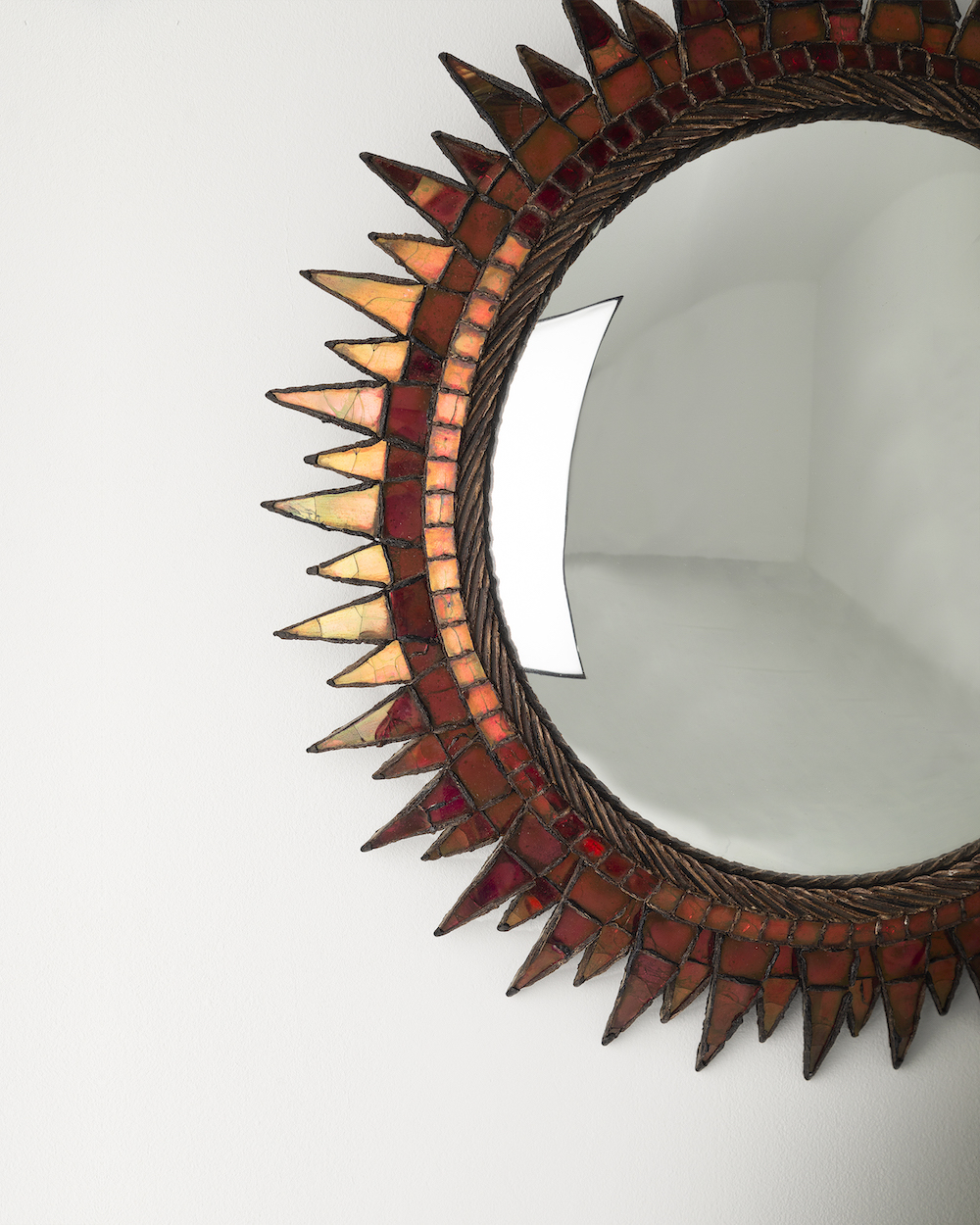 Line Vautrin, “Soleil à Pointes Mirror Model no. 4,” 1955, courtesy of Carpenters Workshop Gallery.
Line Vautrin, “Soleil à Pointes Mirror Model no. 4,” 1955, courtesy of Carpenters Workshop Gallery.
WW: So, will part two of the exhibition look at 2000 and beyond?
DO: Yes, and then I’m definitely going to have a piece by Zaha Hadid that belongs to that era. It’s going to be different because there is much more there. There are still too few female designers, but there are sources because the galleries created the platform for women to create furniture like art, to create independent furniture that they couldn’t before.
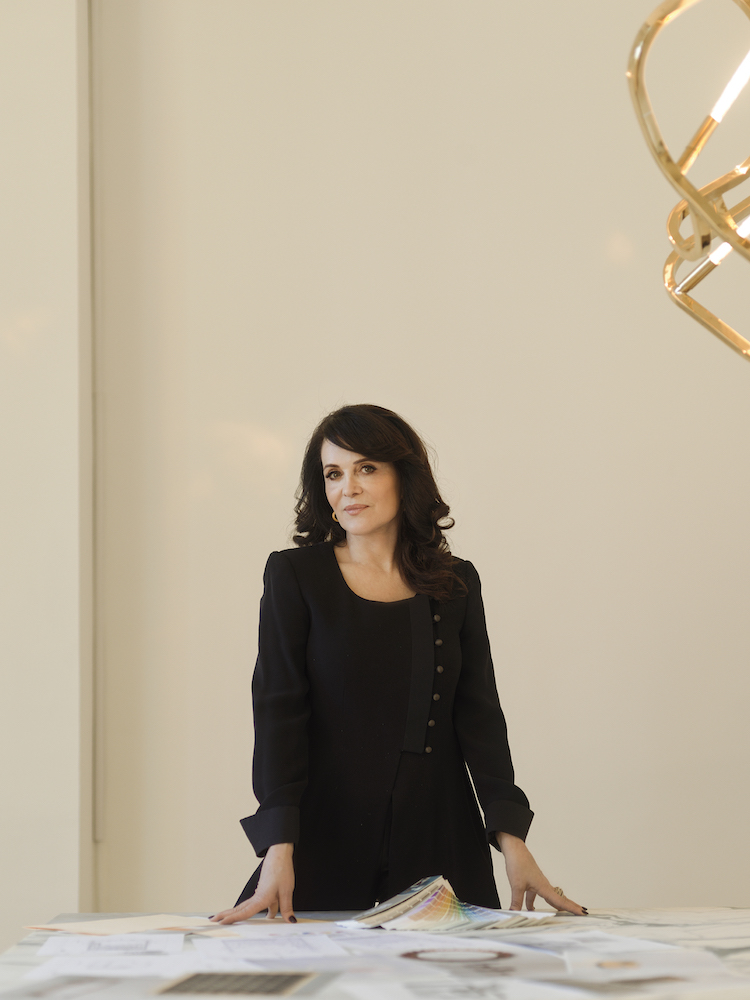 Daniella Ohad, courtesy of Carpenters Workshop Gallery.
Daniella Ohad, courtesy of Carpenters Workshop Gallery.
